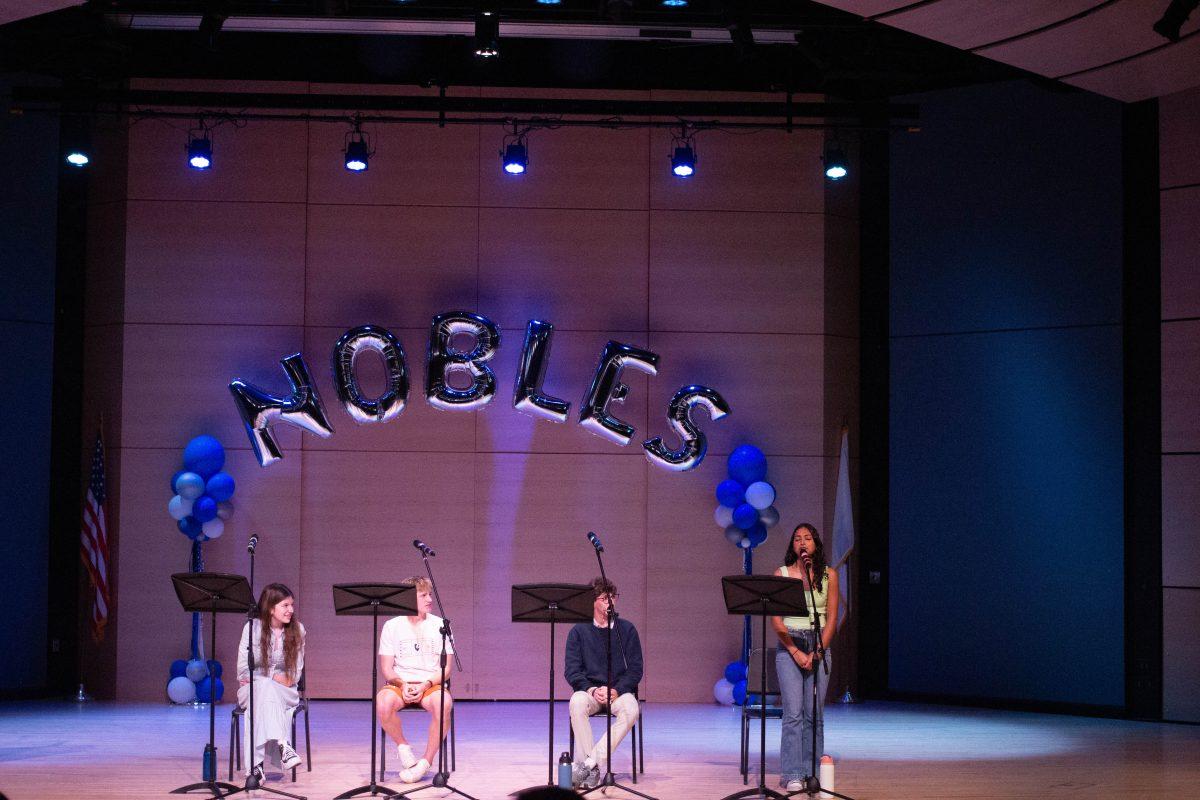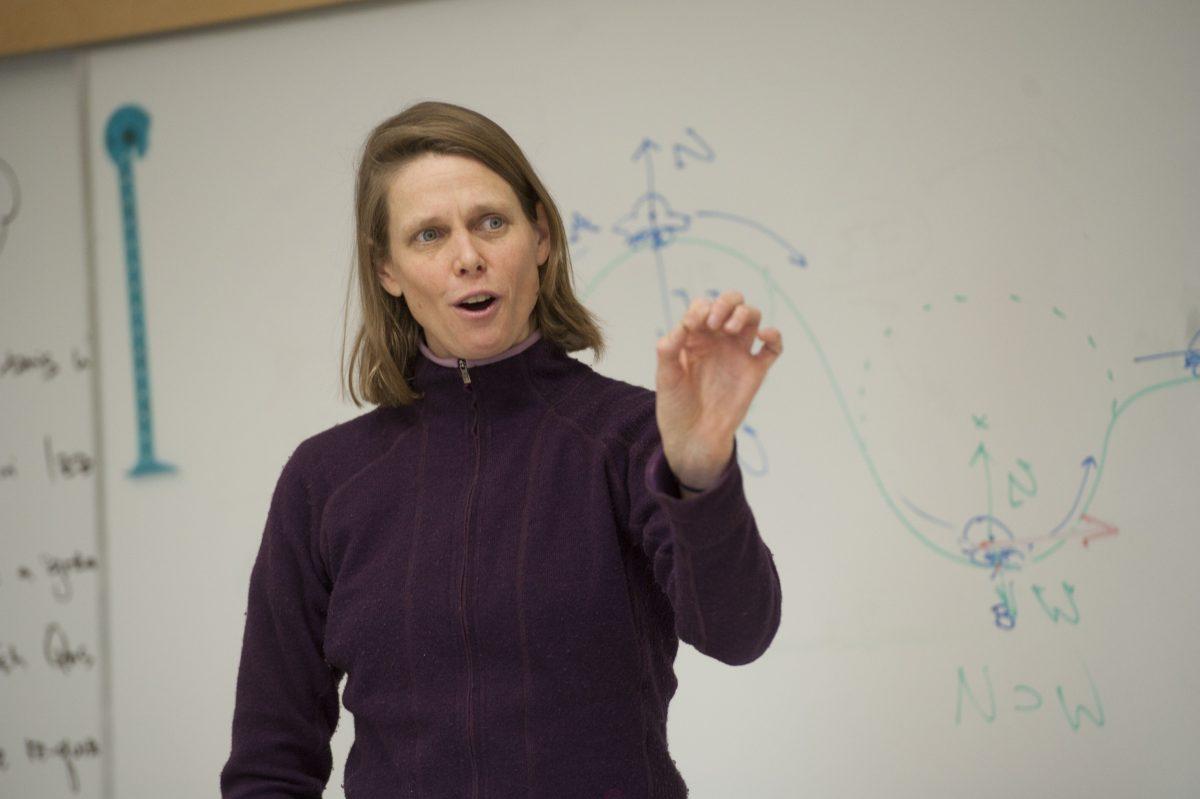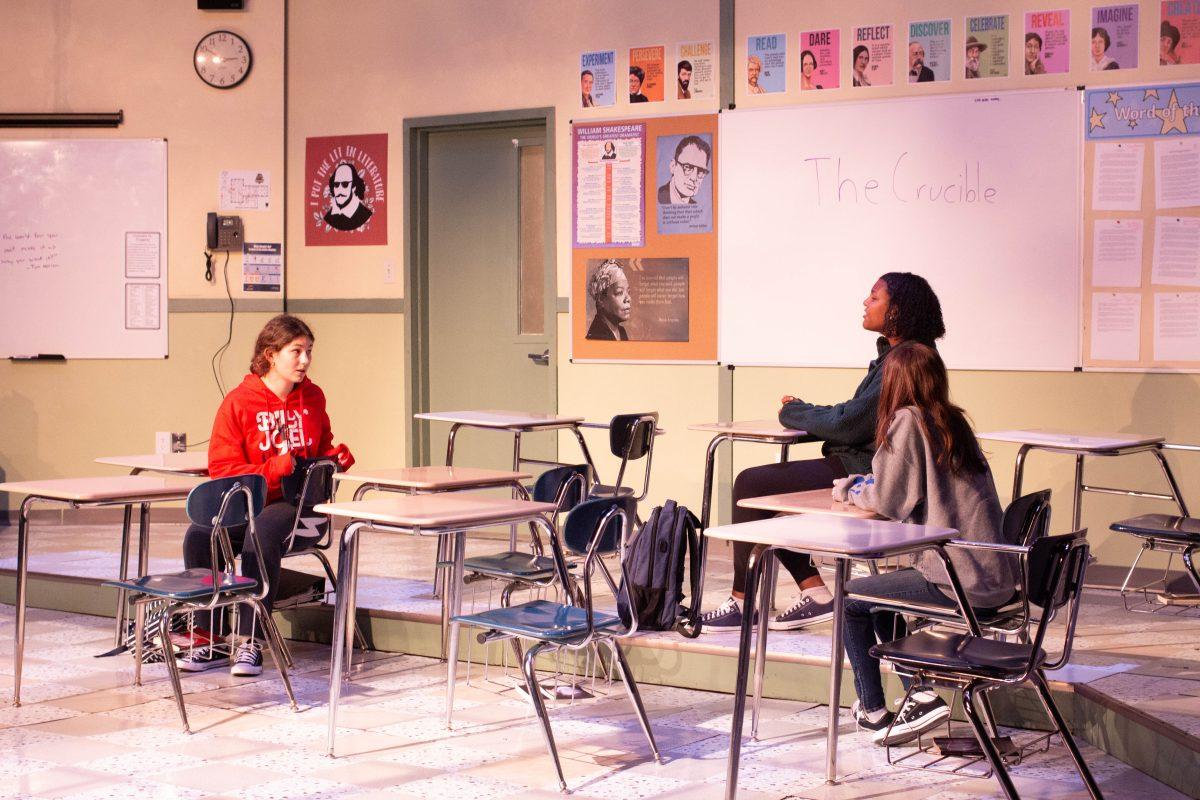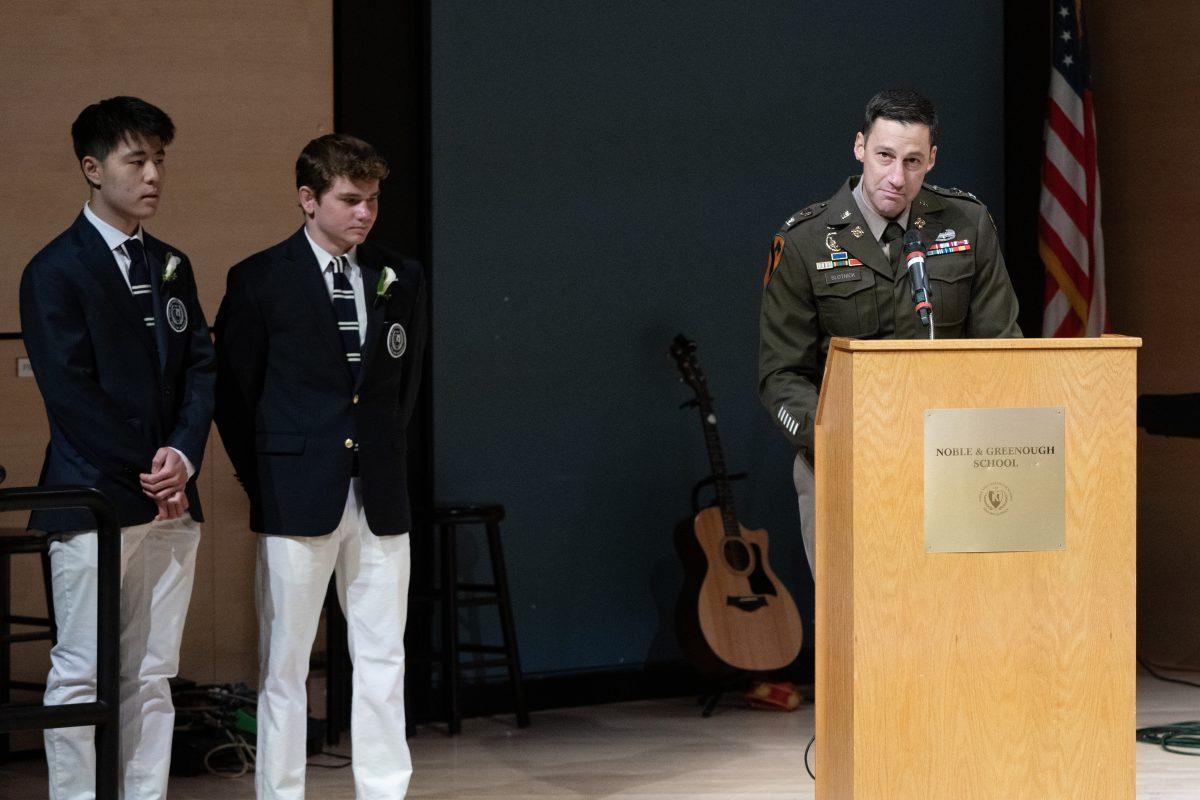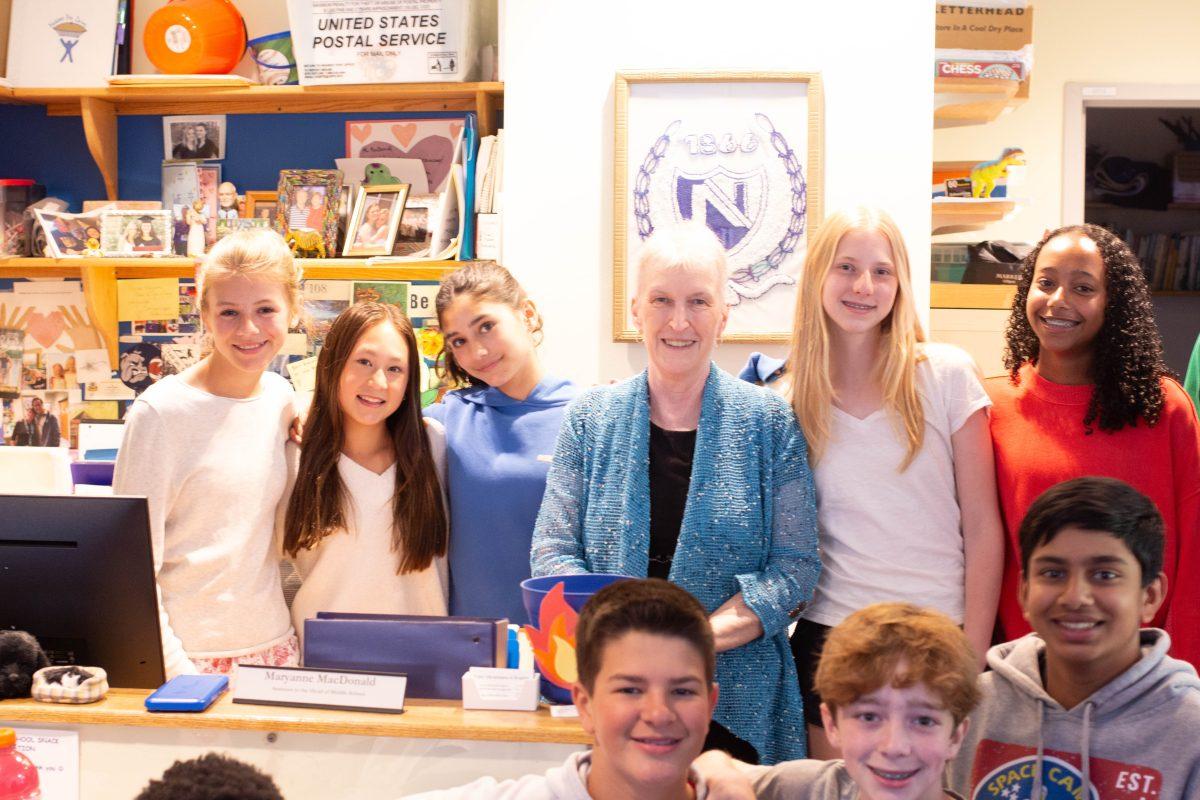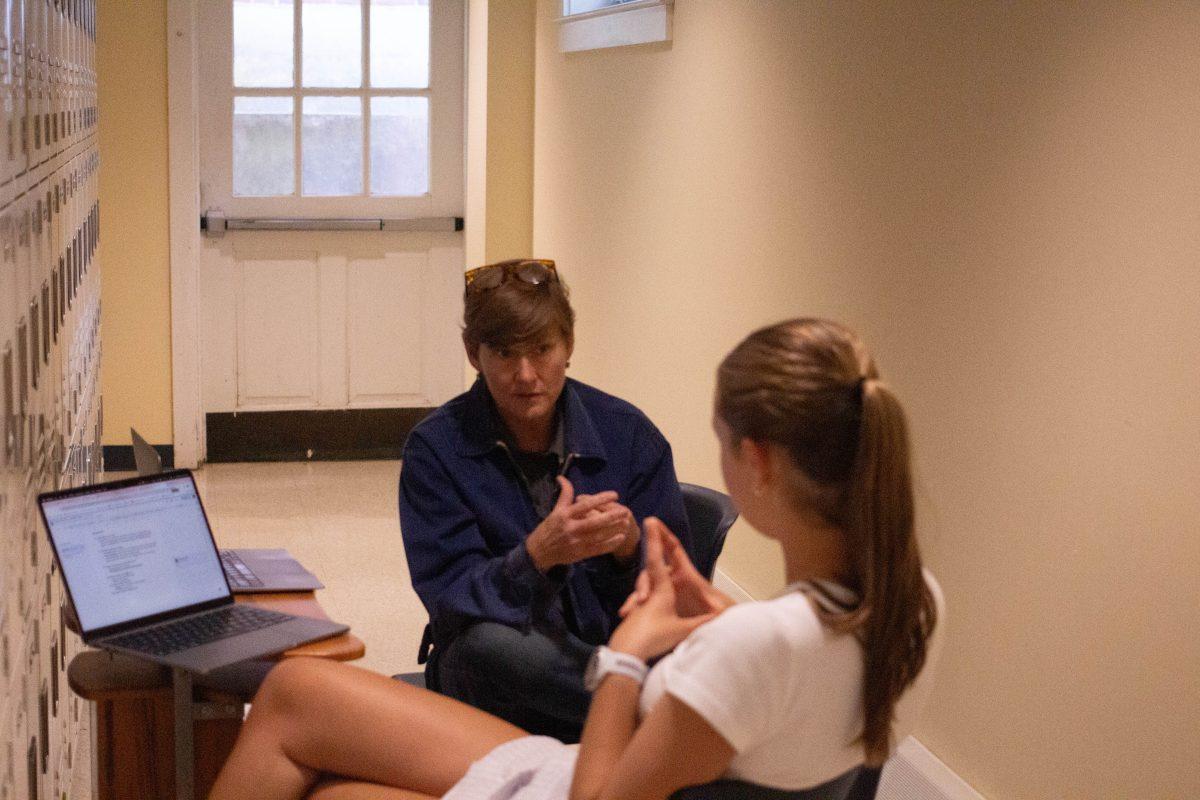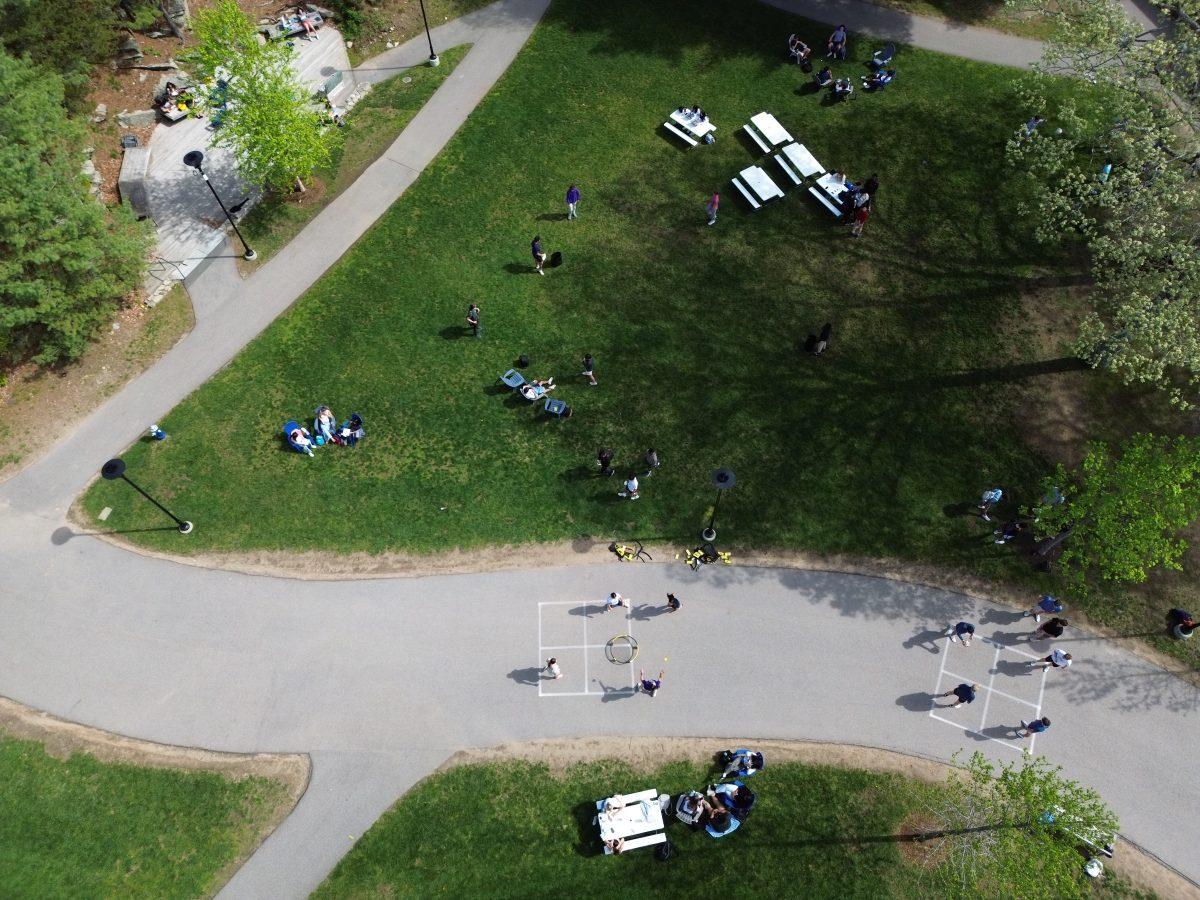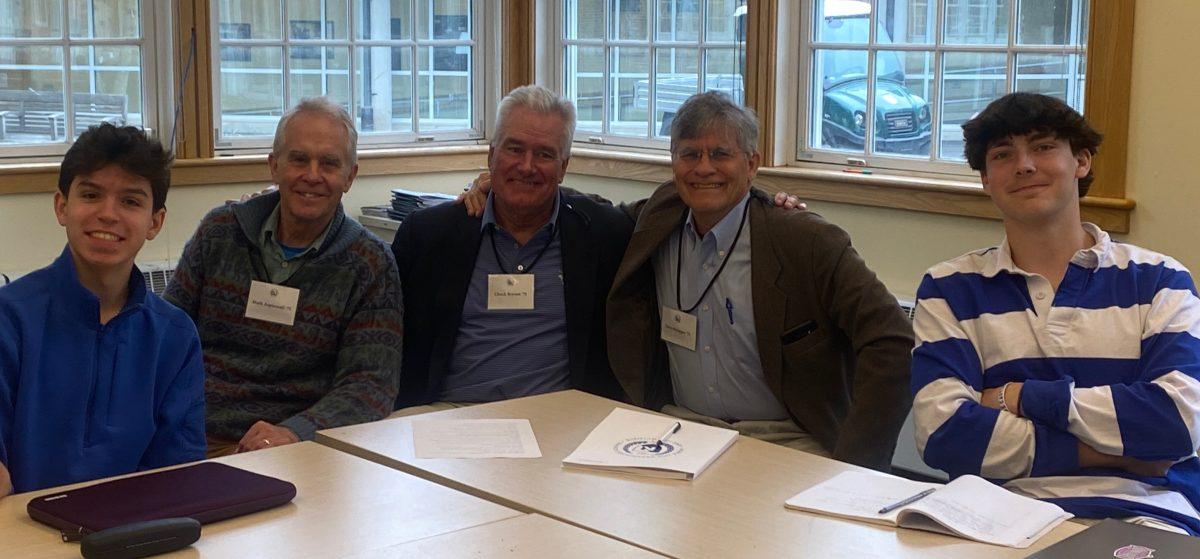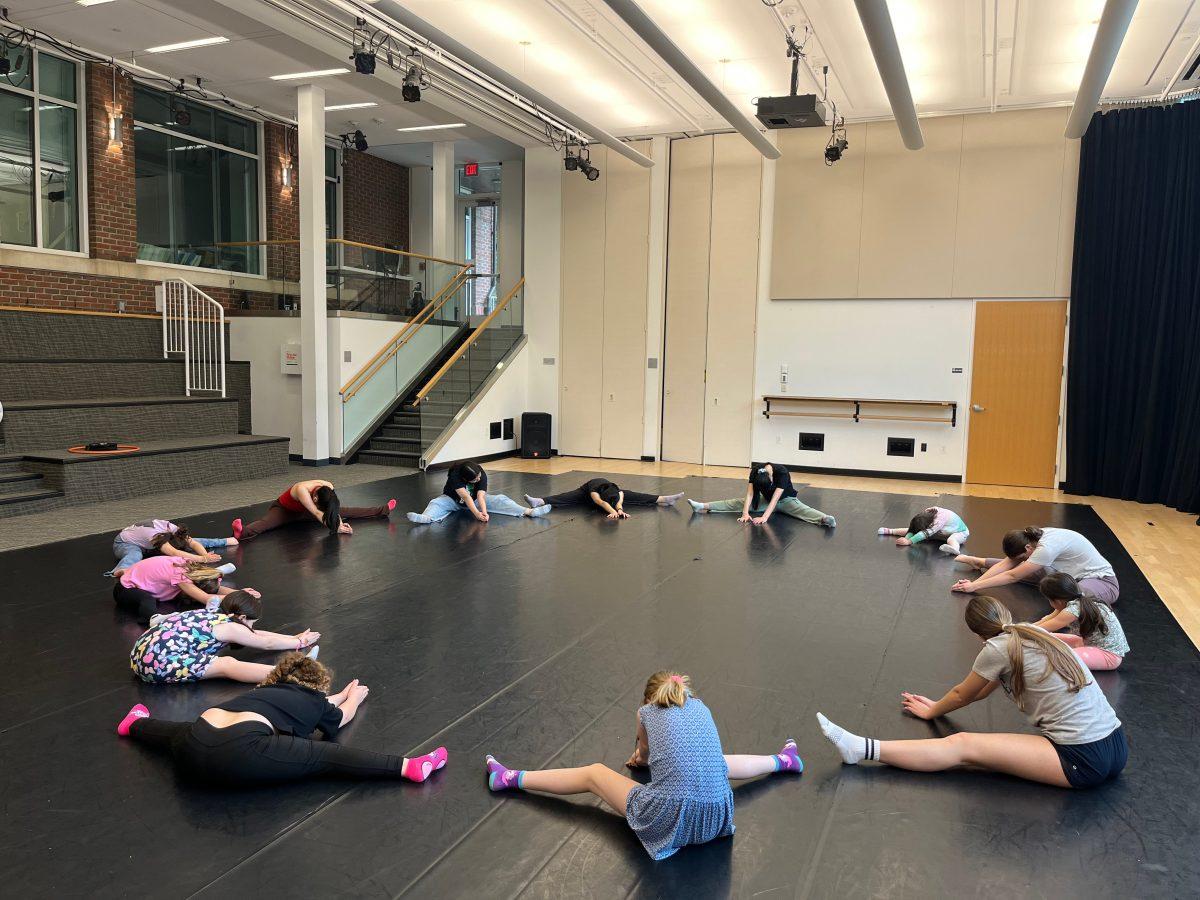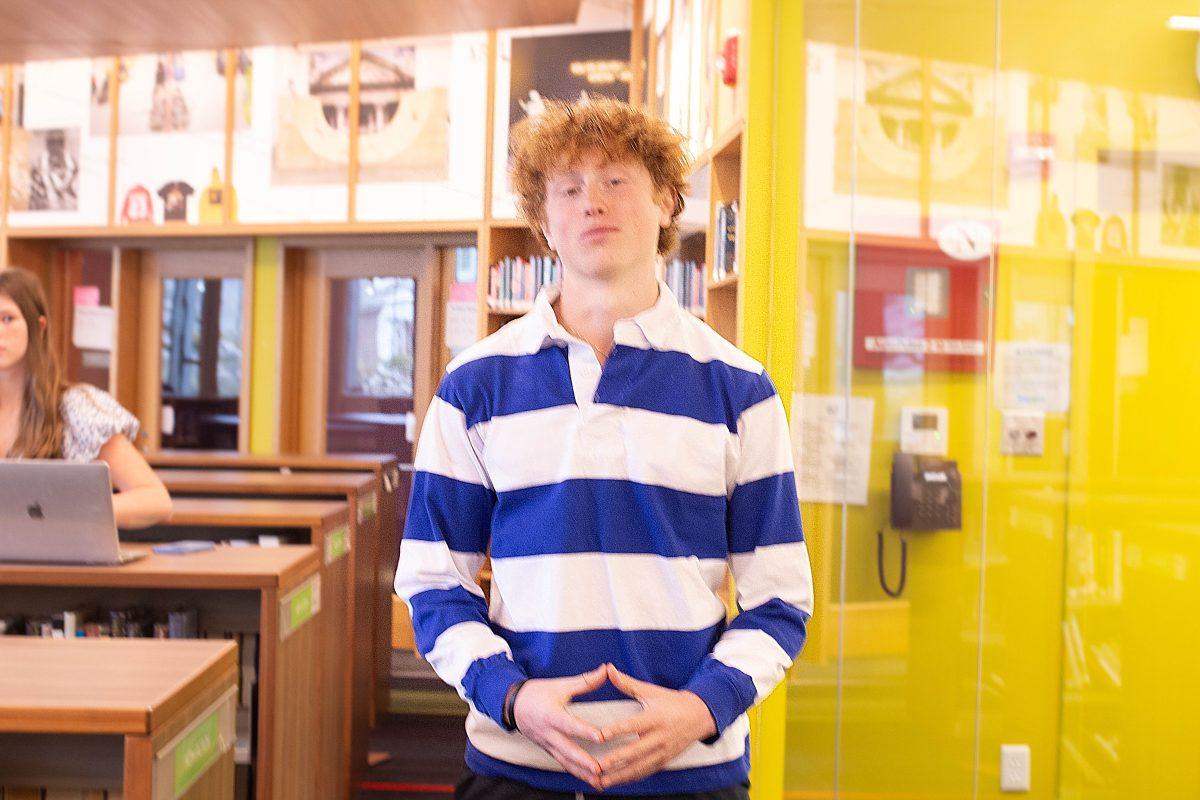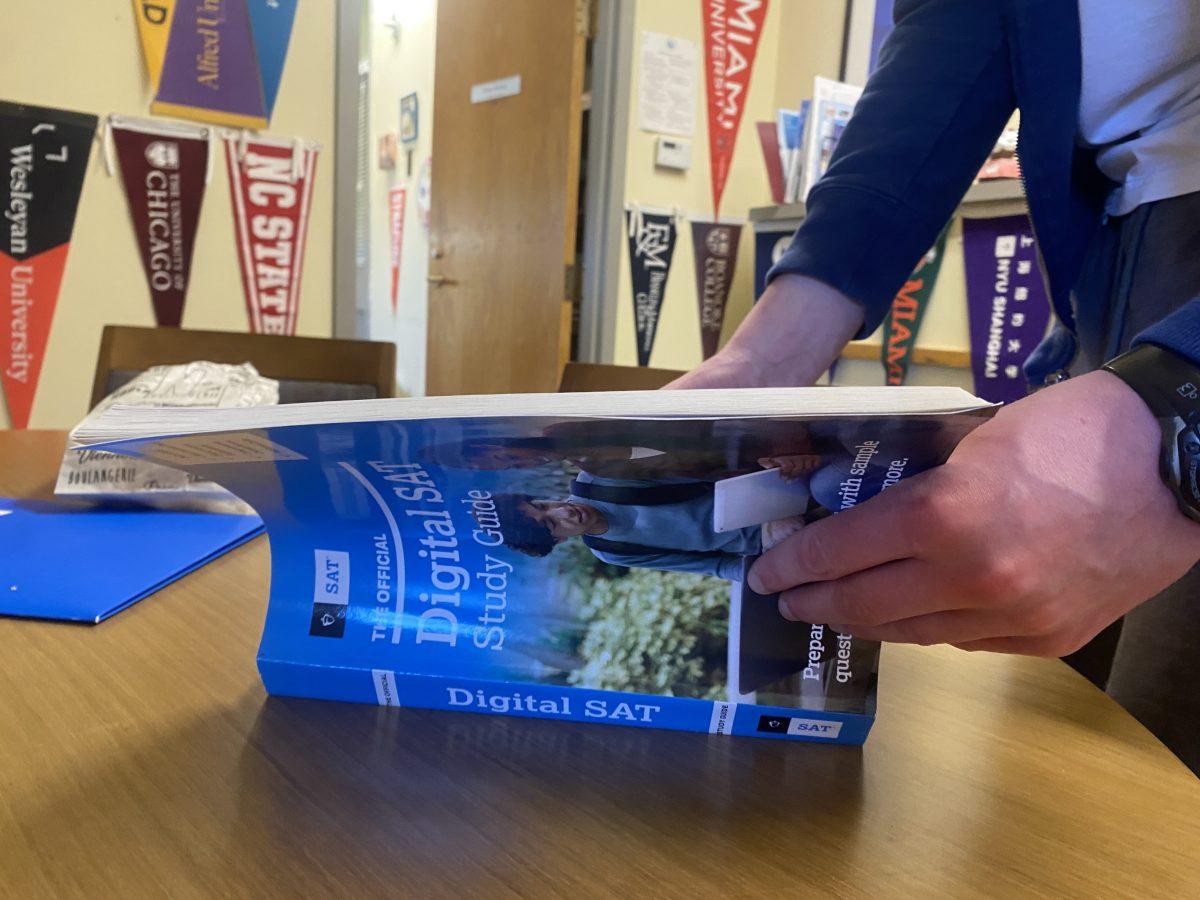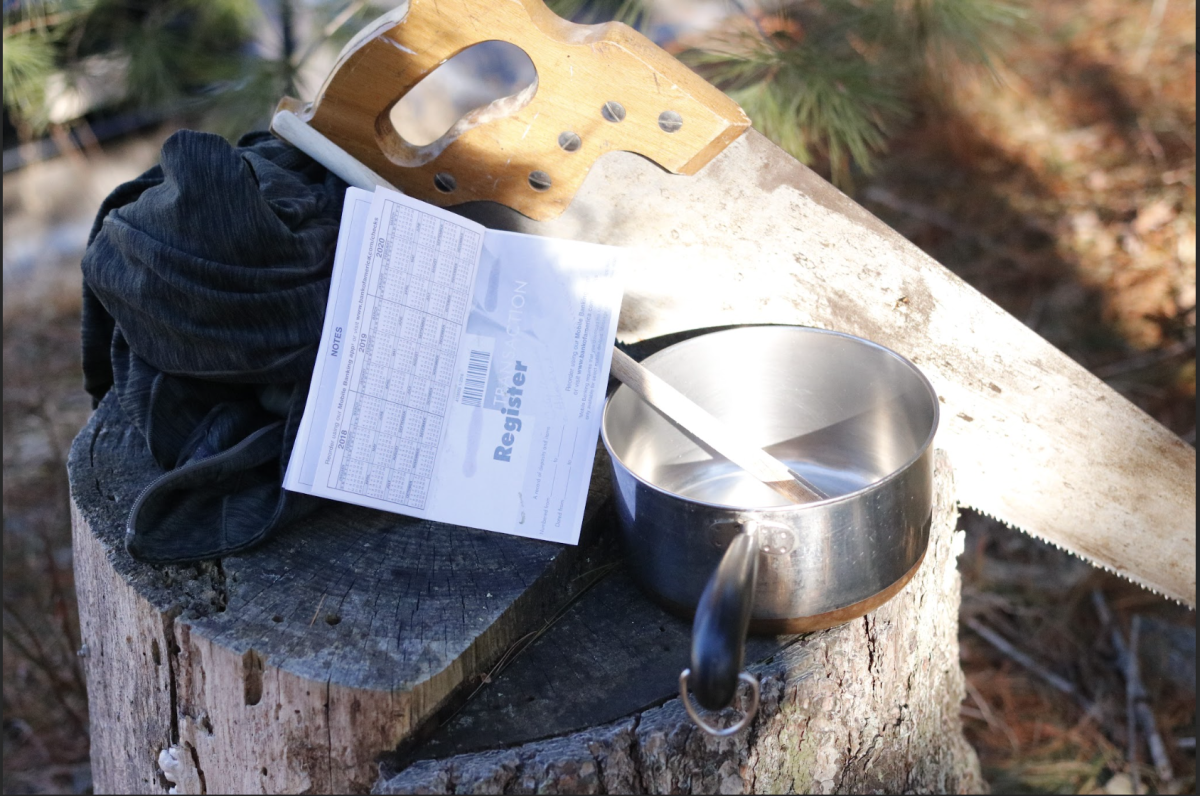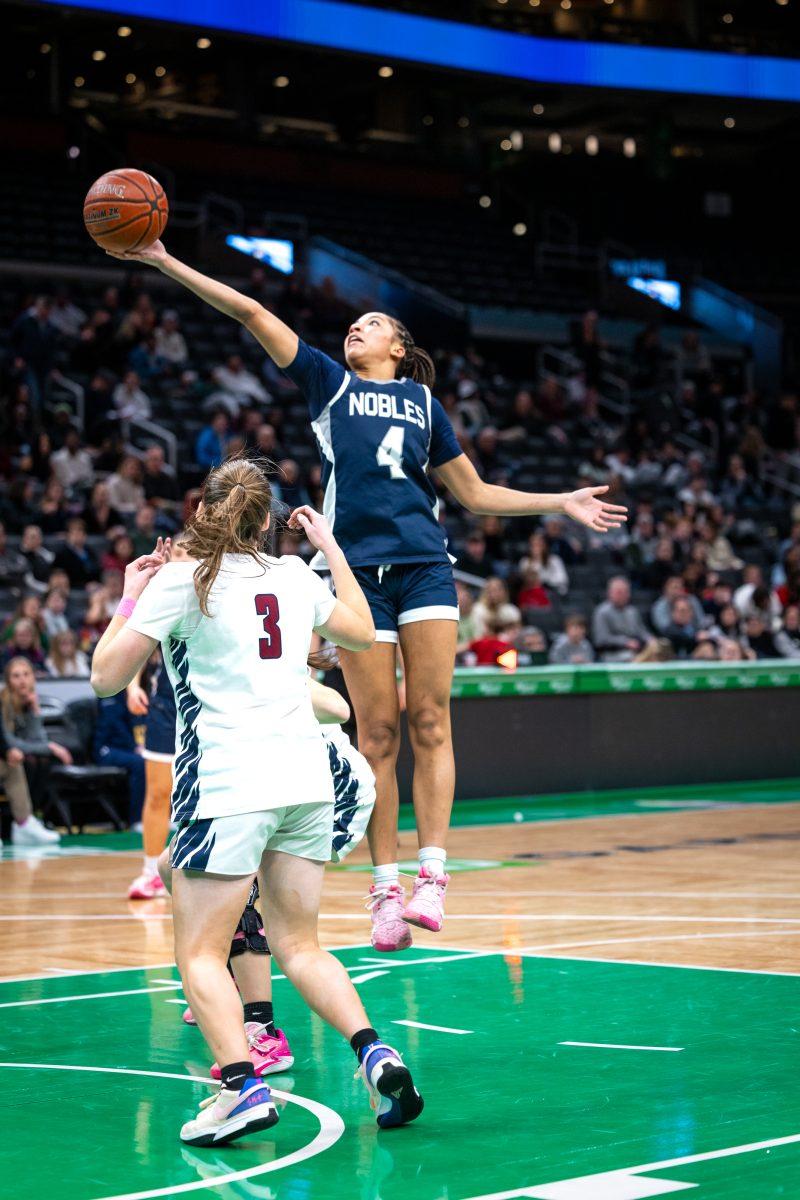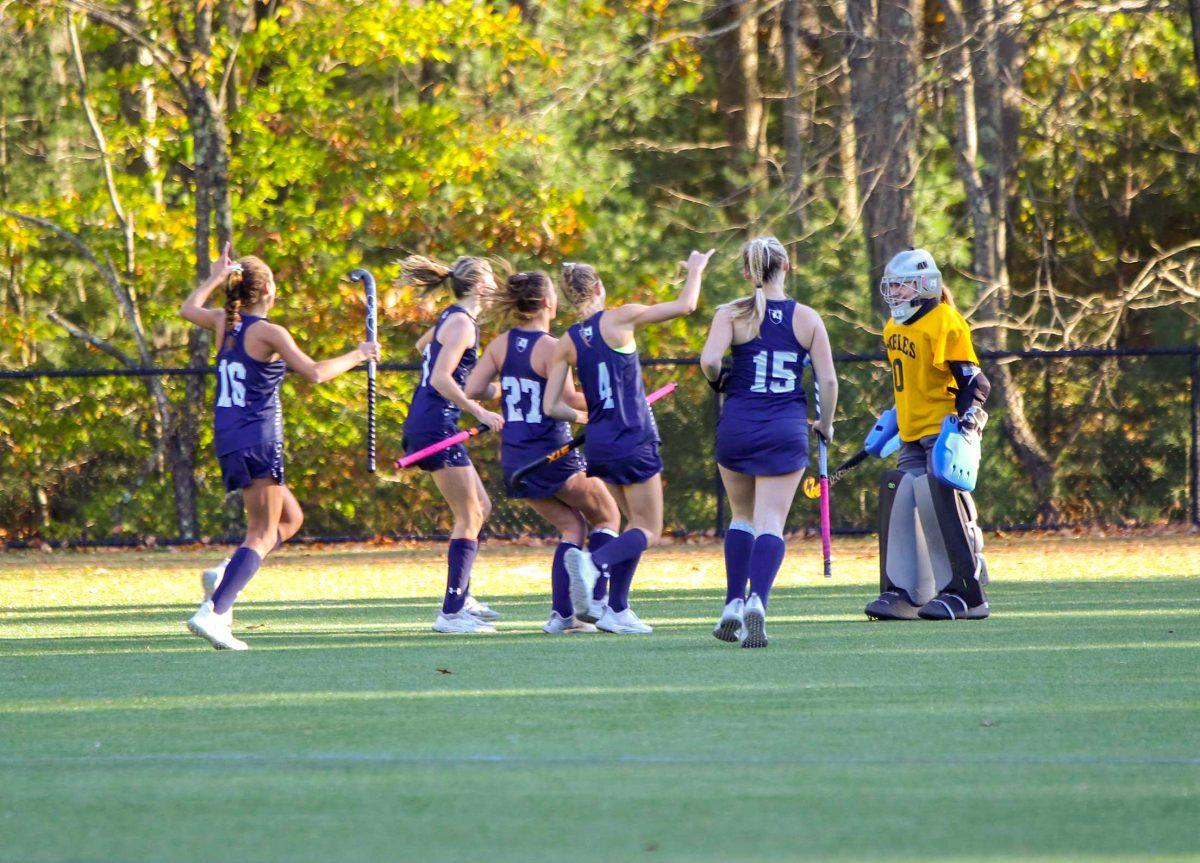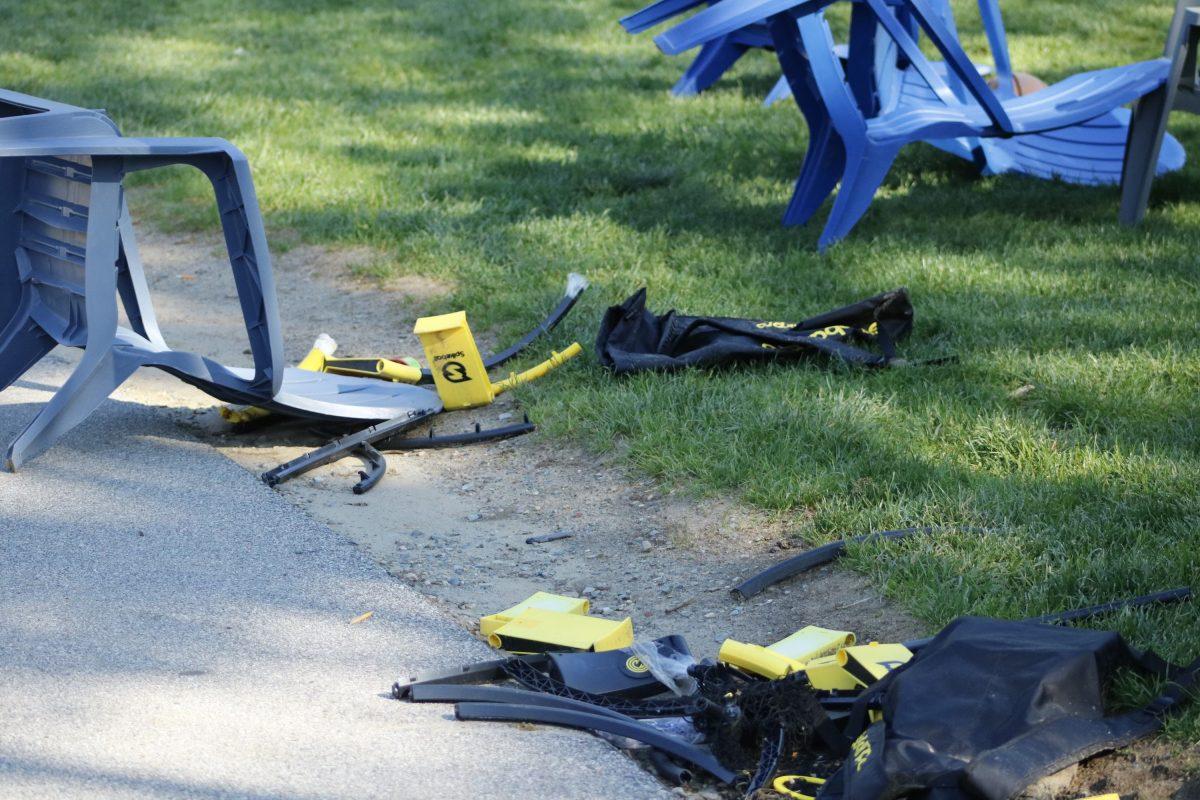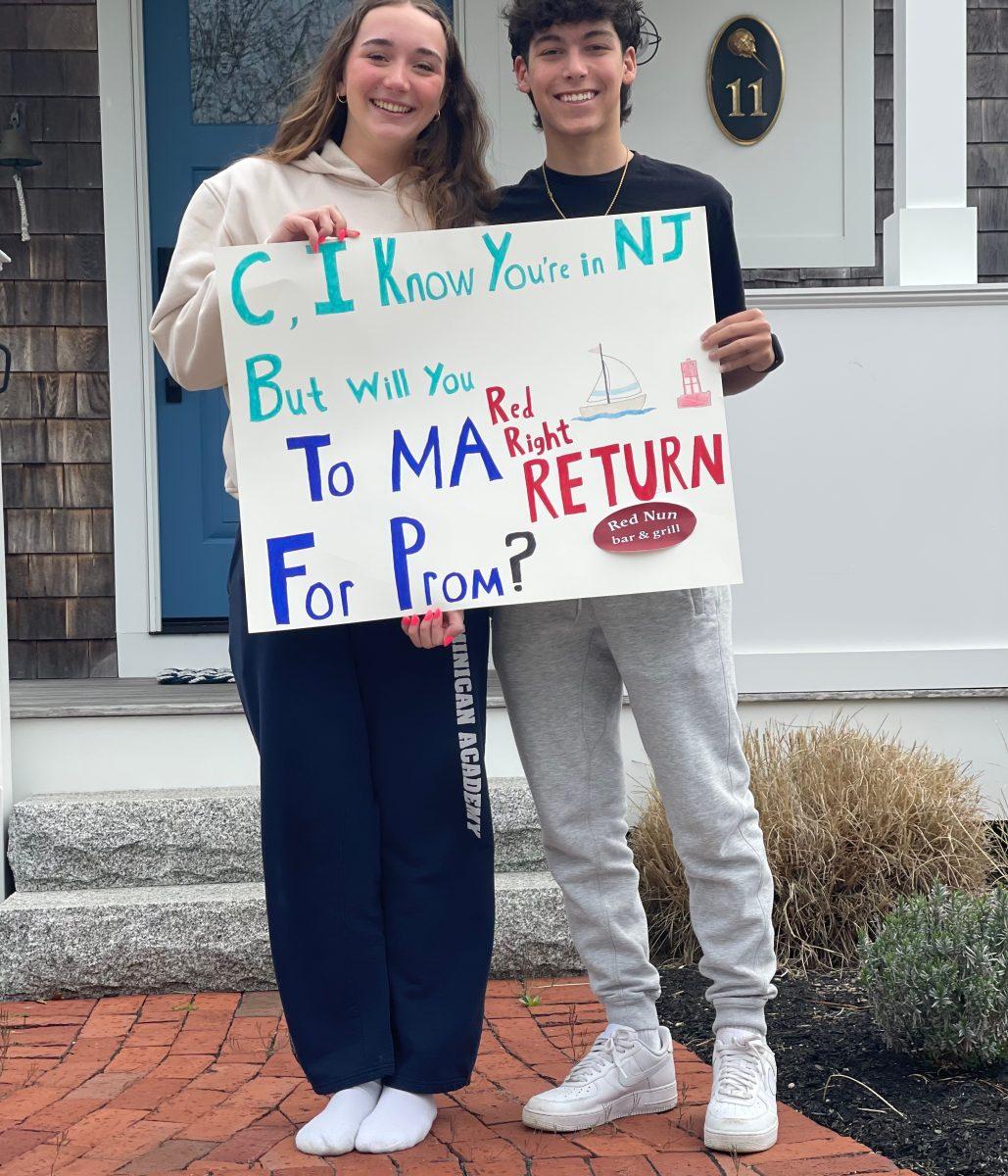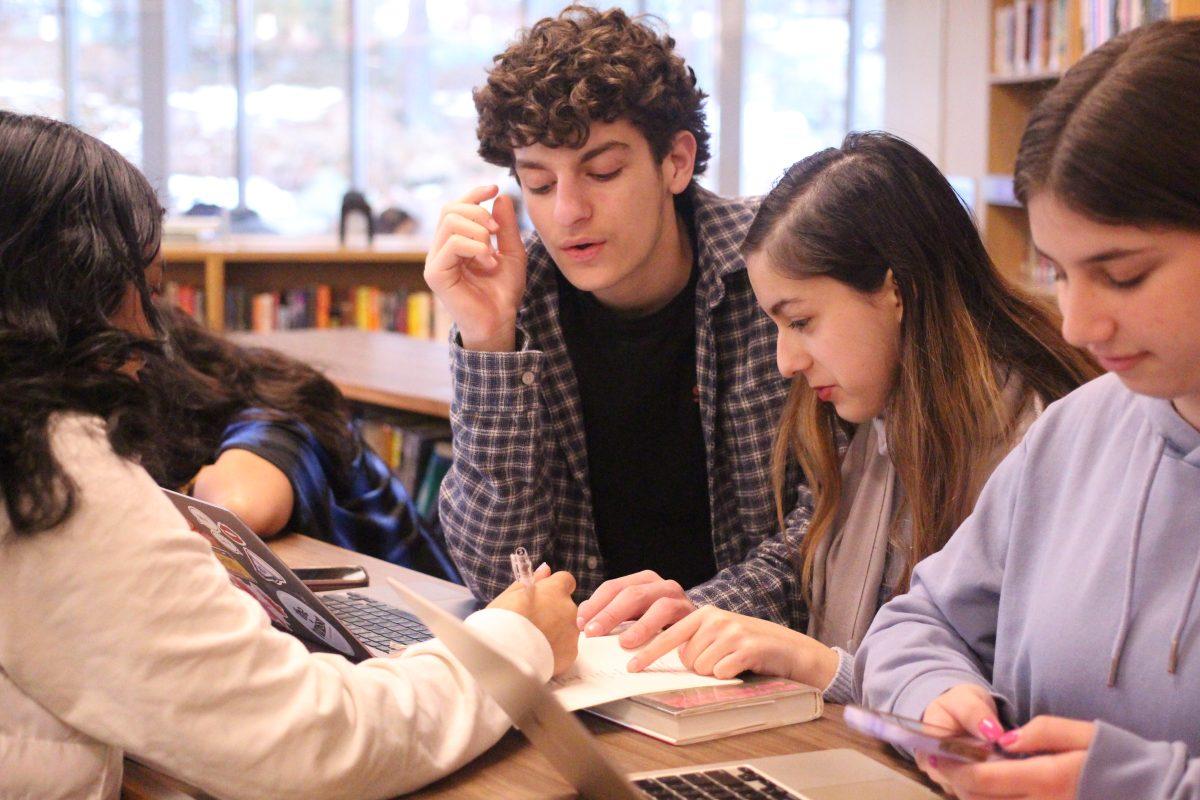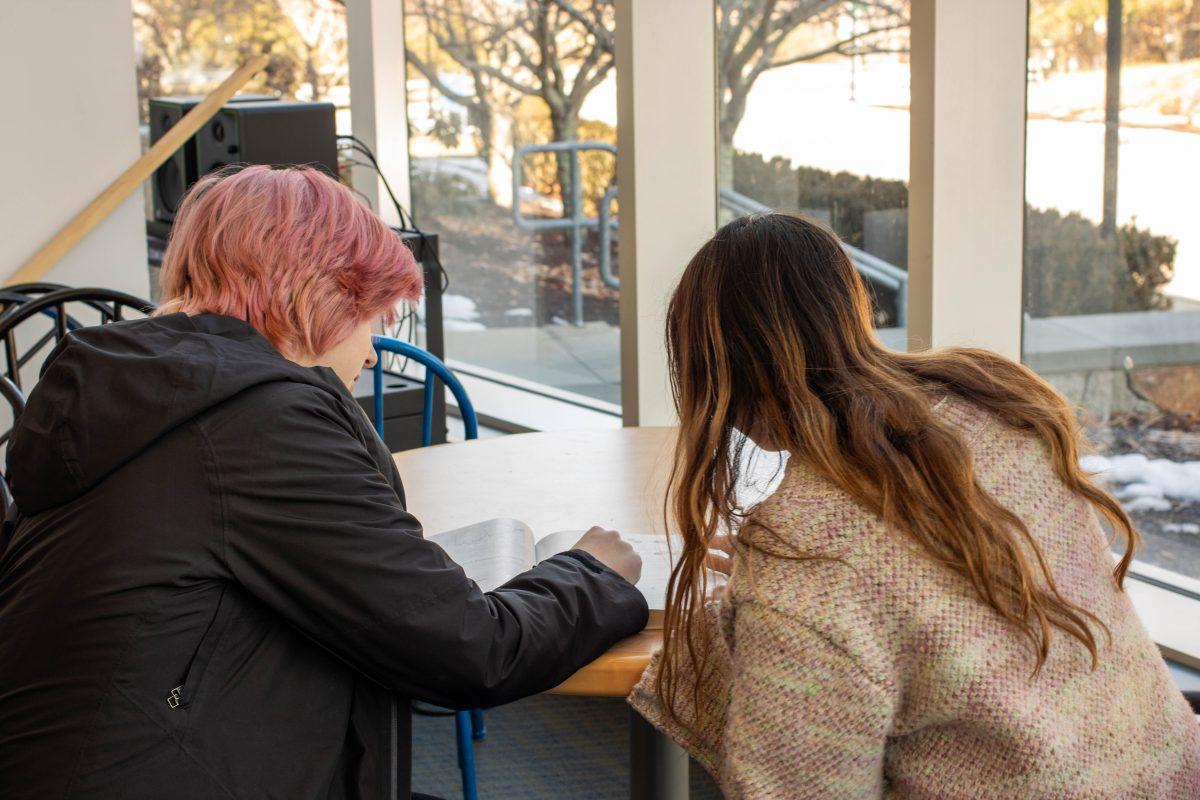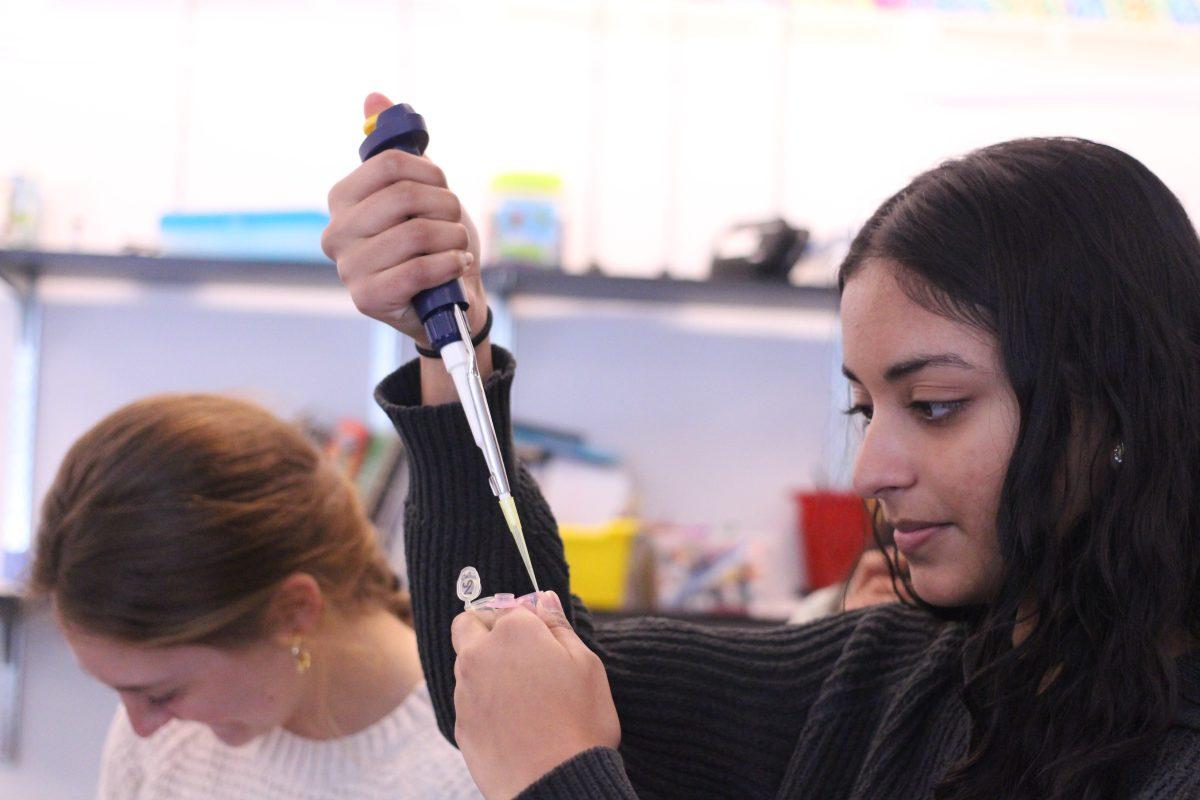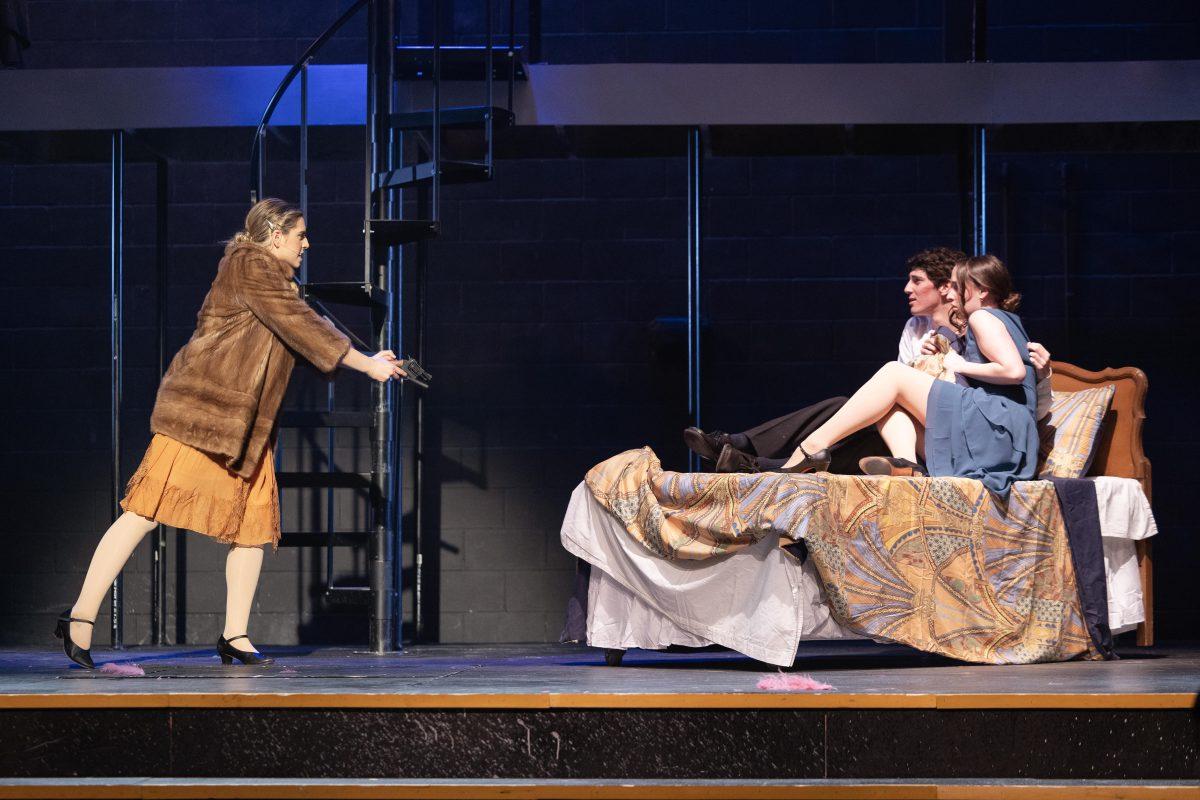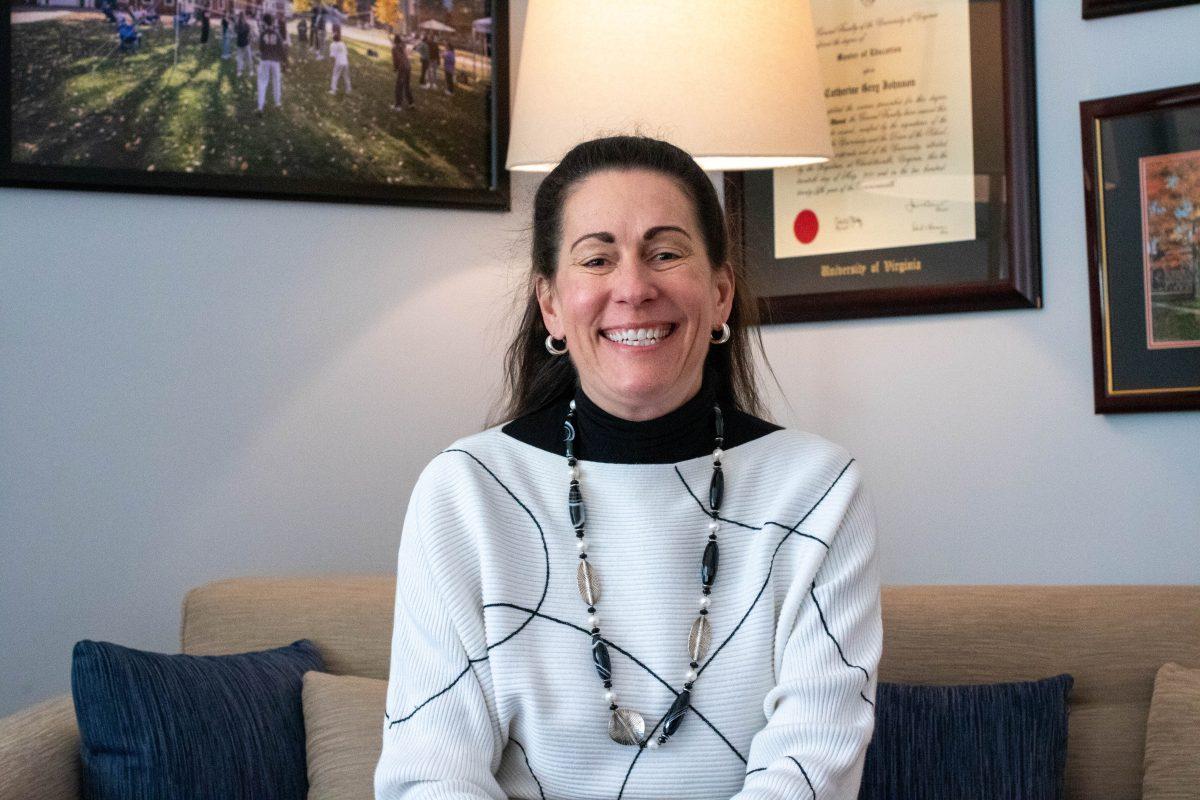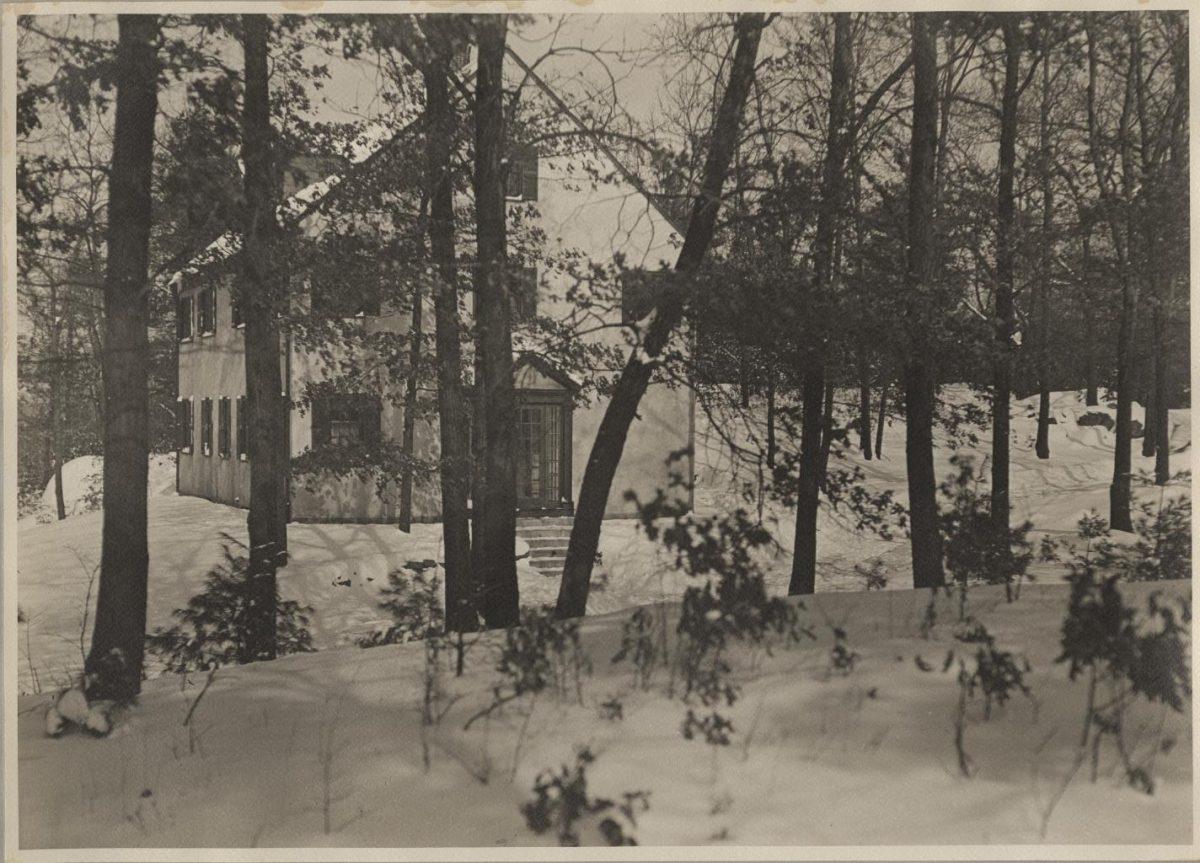Teenage driving comes with its own set of restrictions, responsibilities, and repercussions, but when a new driver affixes the Nobles sticker to their rear window, their situation gets even more complicated. The speed limit in Dedham school zones is 20 miles per hour; Nobles reduces it to 15 miles per hour. To further curb speeding risks, lines of speed bumps stripe the roads leading down to the Castle and the MAC. Additionally, driving during school hours from North Lot to the MAC is prohibited, as is leaving campus during the academic day for non-seniors. However, students often question whether these precautions truly address the root cause of irresponsible driving at Nobles.
For many students, the most pressing issue with driving is the availability of parking spaces between North, McLeod, and the MAC lots. Of the 136 seniors at Nobles, 100 have registered vehicles, making up about 73% of the class. Nobles reserves 40 senior parking spots in McLeod, reasoning that this was the same number of spots Sketchy had held before the renovation. Despite the additional senior spaces, the result of the new McLeod parking is a congestion of cars every morning finding places to park. Though, there is, of course, a secret hierarchy, as most students park in the same spot every day. Yet in times of urgency, parking-spot claims are discarded in a first-come-first-serve scramble, and it’s this mess that sparks more regulations from Buildings & Grounds and the school administration.
“If I could give any driving advice to Nobles students, it’d be to slow down–both in life and when driving.”
Nobles is known, among many other things, for its irresponsible drivers. Households complain all the way down to Violet Avenue about students speeding. At times, faculty and staff will even stand by the sidewalk and signal for kids to ease off of the pedal. Nobles drivers have been known to park across three spaces, diagonally, or, in an unnamed student’s case, to park parallel into 6 parking spots. Wheeling onto campus, both parents and their children try to find a place to drop off or park as quickly as possible, and faculty and staff usher them down the line at the Henderson Arts Center to keep it moving. When there is no physical presence of Nobles faculty, the school employs technology to keep its drivers in line: cameras cluster the front exit to catch students speeding or slipping out during the day. Additionally, teachers who see students speed outside of school may report them and penalize them with detention. However, only the speed bumps reliably decrease speeding, though they irritate all drivers–especially those who spend the most driving over them. “We at Buildings and Grounds hate the speed bumps, but it’s a necessary safety factor,” Director of Buildings and Grounds Mike McHugh said. Speed bumps slow down the afternoon line to the MAC even more; however, cameras and slow parking encourage speeding to avoid being caught leaving school on tape or to cut traffic and make it to Afternoon Programs or assembly. “If there’s a lot of cars and a parent is in a rush, they will cut the line at the MAC and block everyone,” Andrew Santamaria-Dehni (Class I) said. In other words, restrictions are added to prevent speeding, but they also encourage it.
How do we reach an end to this infernal cycle? It’s unreasonable to ask the school to “trust its drivers” when driving mistakes on campus can be so costly, but there is a solution to bridge safety and convenience for the school body. Suggesting an expansion to either the McLeod or MAC parking lot would be ultimately beneficial, but demands another renovation which may be unrealistic. However, with the incoming reconstruction of Shattuck Schoolhouse, Buildings & Grounds predicts that Nobles will lose about 20 general parking spots to construction vehicles, particularly under the Math Wing and on the turf. Safety is Nobles’ primary concern; therefore, a raised platform should be built for pedestrians in exchange for one of the multiple speed bumps placed on the road to the MAC. It would also act as a speed bump and discourage jaywalking from the Middle School. Painting parking spots is another creative solution to better distinguish senior/junior/faculty sections, and adding decorations to the roads (like arches) can “narrow” the roads and encourage slower driving. Finally, instead of a camera, a speed monitor could be placed outside of Nobles to urge students and teachers to drive more slowly in approach, not just upon entering campus. The most obvious solution, however, is to take it slow. “If I could give any driving advice to Nobles students, it’d be to slow down–both in life and when driving,” Database Services Manager Tessy Smith said. Hopefully, this article steers drivers in the right direction.

